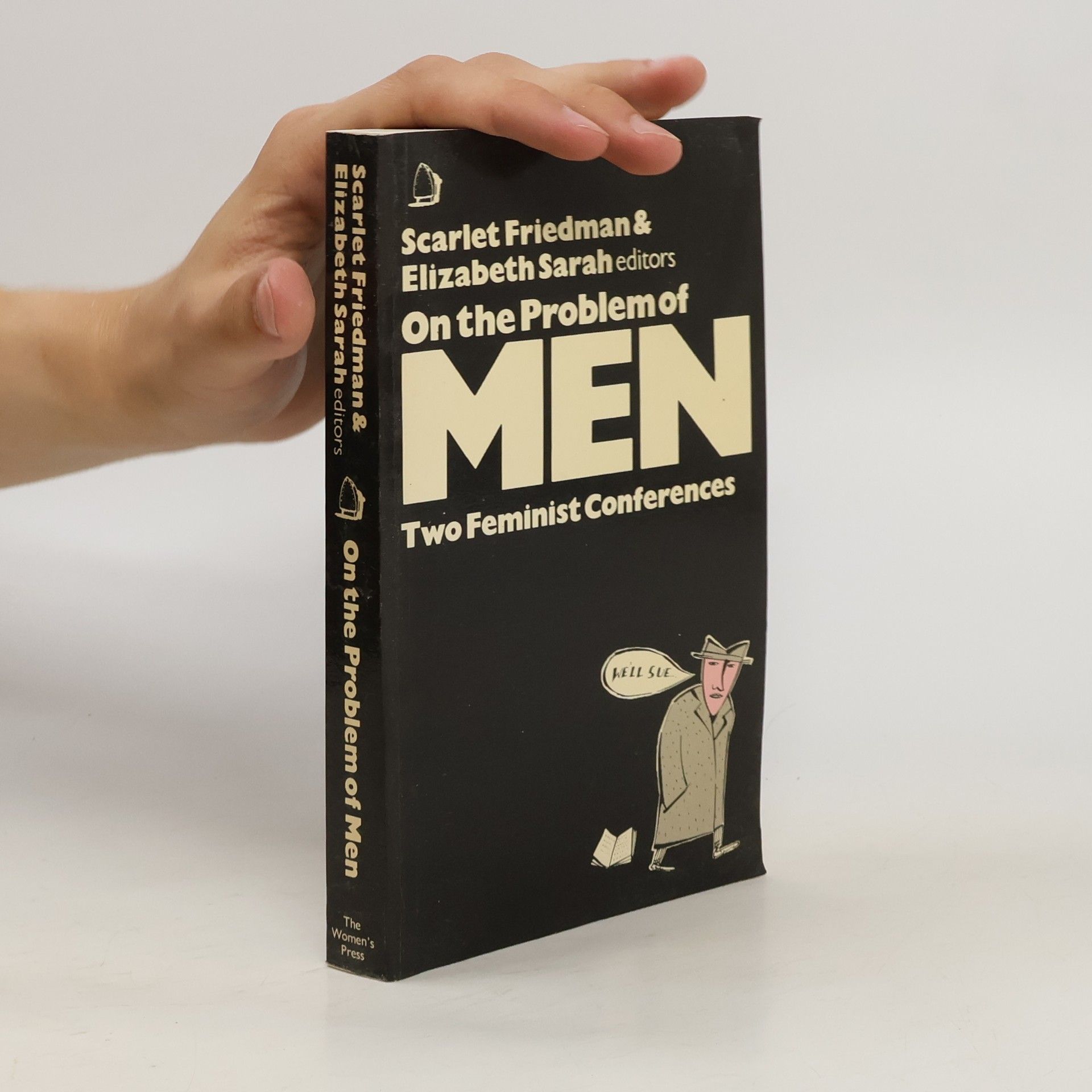On the Problem of Men
Two Feminist Conferences
Cette auteure est spécialisée dans l'exploration approfondie des estampes japonaises et de leur signification artistique. Son travail révèle la complexité et la beauté de cette forme d'art traditionnelle. Grâce à ses compétences curatoriales et analytiques, elle offre aux lecteurs une nouvelle perspective sur l'art japonais. Ses écrits sont appréciés pour leur érudition et leur approche sensible du sujet.



Two Feminist Conferences
A mysterious 1823 advertisement for illustrated books by renowned artist Katsushika Hokusai refers to an otherwise unknown work called Master Iitsu's Chicken-Rib Picture Book. According to the ad, the book was conceived in the same year that the final volume of Hokusai's famous Manga series was supposed to have been published. Many therefore believe that the Chicken-Rib Picture Book was meant to be a continuation of the famous series, but a published copy of it has never been found. This eclectic and engaging collection of drawings from the peerless Japanese art collection at the Museum of Fine Arts, Boston, was likely intended for that lost book. It includes the sort of lively, behind-the-scenes sketches of daily life that have made the Manga series so beloved, as well as imaginatively conceived sea creatures, refined flowers, deities, heroes, and a variety of craftspeople and labourers. Reproduced here in full for the first time as a stand-alone volume, this rare sketchbook of Hokusai drawings makes for delightful fare.
Reproduces ukiyo-e prints from the incomparable collection of Japanese art at the Museum of Fine Arts, Boston. Many tattoo connoisseurs consider the Japanese tradition to be the finest in the world for its detail, complexity, and compositional skill. Its style and subject matter are drawn from the visual treasure trove of Japanese popular culture, in particular the colour woodblock prints of the early nineteenth century known as ukiyo-e. This book tells the fascinating story of how ukiyo-e first inspired tattoo artists as the pictorial tradition of tattooing in Japan was just beginning. It explores the Japanese tattoo's evolving meanings, from symbol of devotion to punishment and even to crime, and reveals the tales behind specific motifs. With lush, colourful images of flowers blooming on the arm of a thief, sea monsters coiling across the back of a hero, and legendary warriors battling on the chests of actors, the tattoos in these Japanese prints can offer the same vivid inspiration today as they did two hundred years ago.